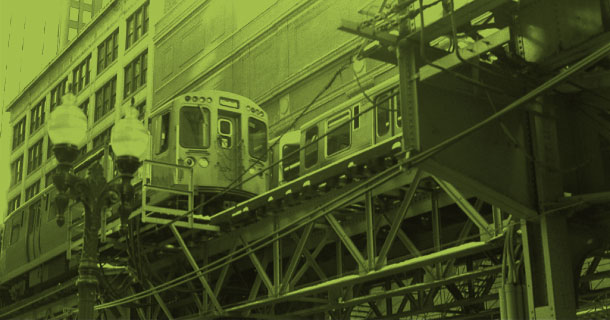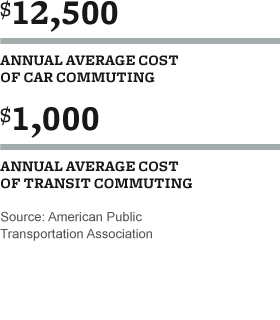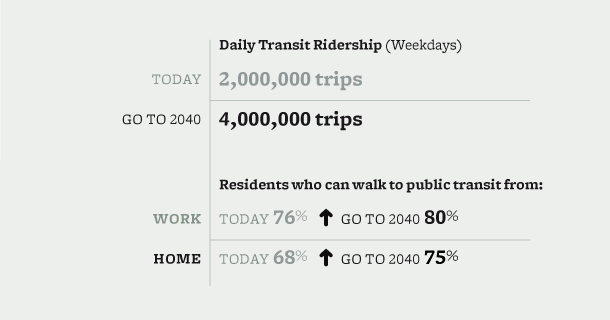Public transportation keeps cars off the roads, reduces congestion for everyone who drives, and improves air quality for all. And the mobility enabled by transit helps our economy and quality of life, giving people more choices for getting around.
But after decades of underinvestment, our transit infrastructure is aging and in need of improvement. Some people choose not to use it due to concerns about delays or infrequent service. Many residents don't even have that choice, because parts of the region lack transit service altogether. Improving public transportation will increase ridership while making transit accessible to more people.
Investing in maintenance will put more of our infrastructure in good condition, reducing delays and increasing reliability. In making improvements, we need to consider how residents perceive transit, because comfort and aesthetics can prompt more people to travel by train or bus instead of driving. So can the use of advanced technology that makes transit more efficient— for example, by providing riders with real-time service status information. To increase coverage of the region, investments should be prioritized to expand bus service in communities that are actively planning for transit-supportive development.
To pay for these improvements, our transit agencies need to address the cost of their services, which have been rising rapidly. New revenue—specifically, a portion of the gas tax increase and congestion pricing revenue—should support transit. The region needs to investigate other innovative revenue sources, such as public-private partnerships.
We should take a limited and conservative approach to major expansion. Rather than pursue expensive transit "mega-projects," our resources must be targeted to improve what we already have. While the GO TO 2040 plan supports high-speed rail, it should be funded with new money that adds to (rather than replaces) federal funds for the existing regional transit system.


